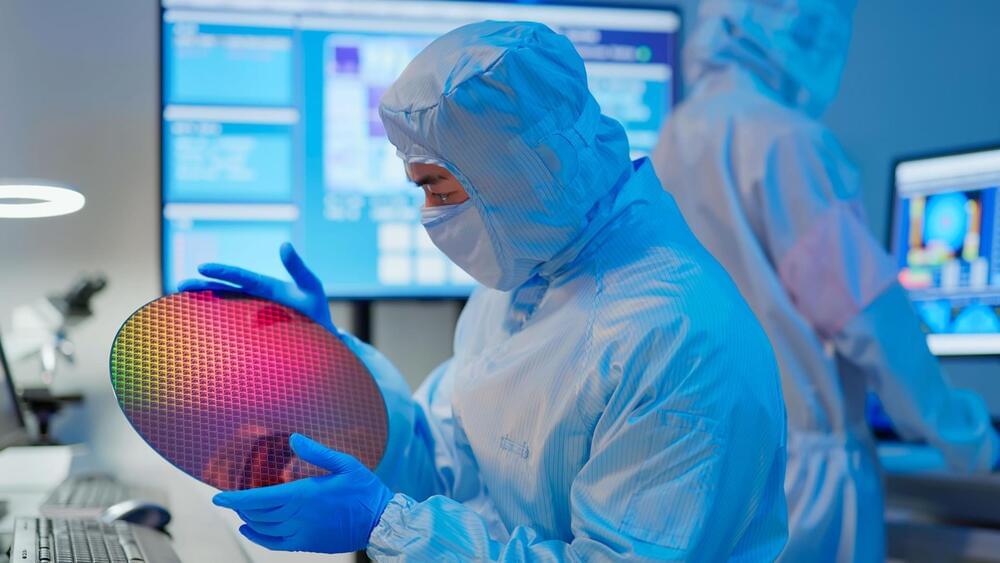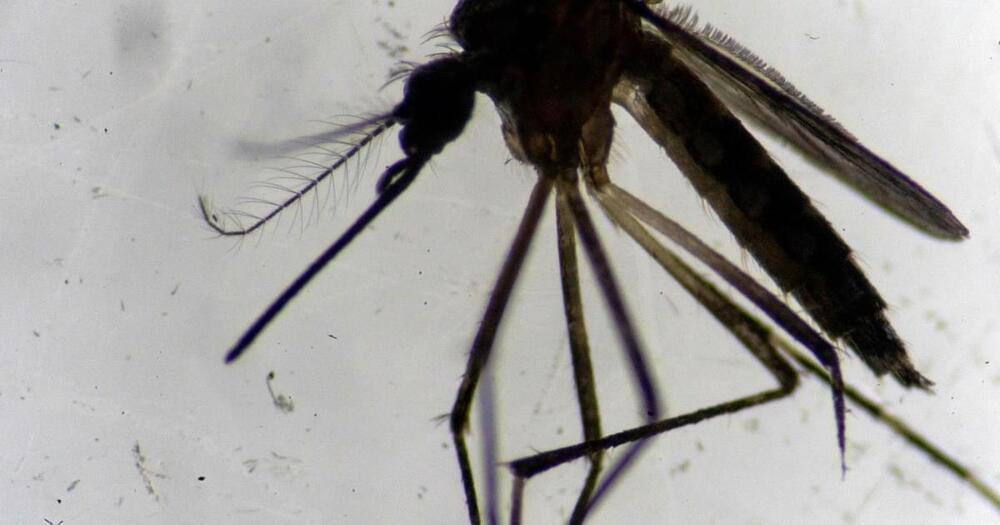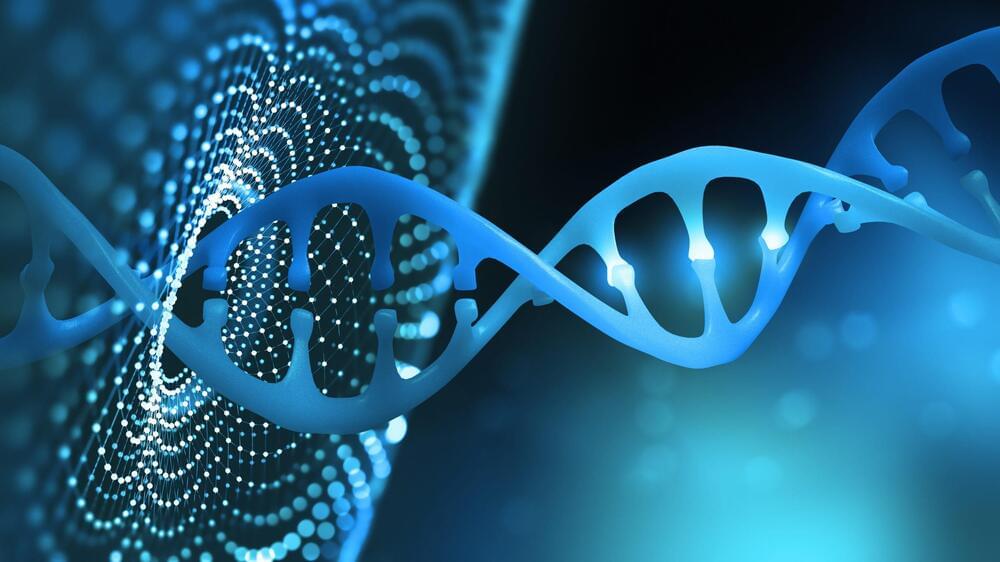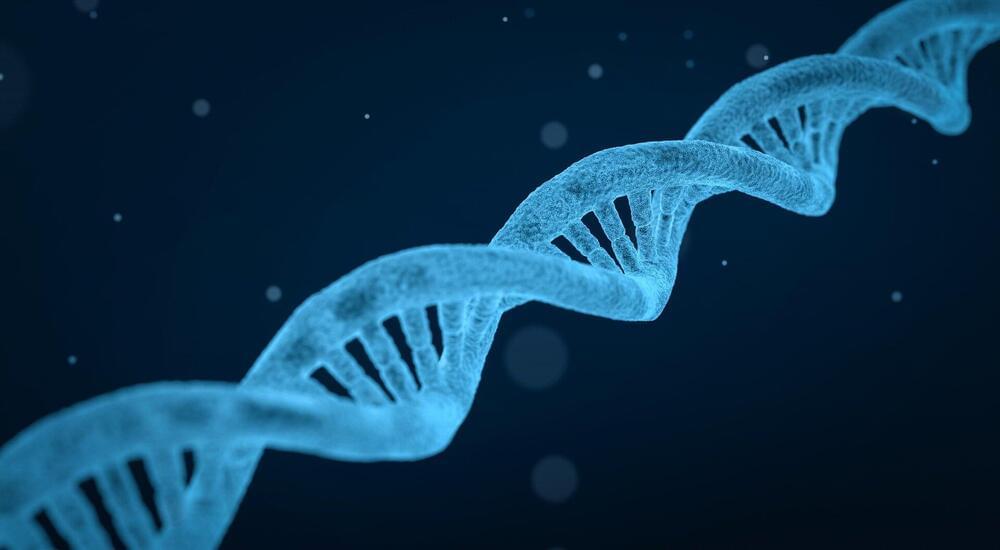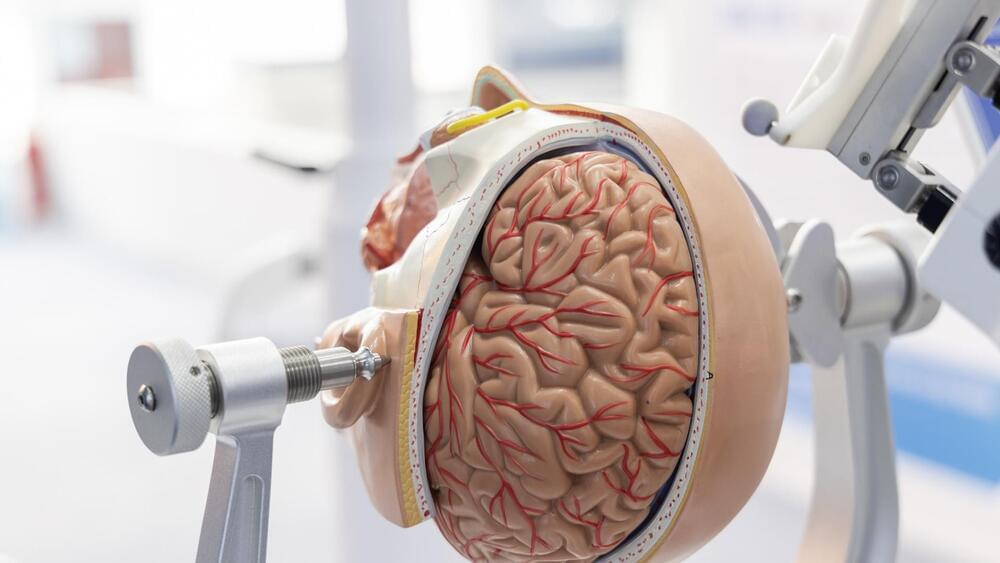Sep 26, 2023
AtlasNEST plans to deploy drones to enhance airport security
Posted by Gemechu Taye in categories: drones, security, surveillance
The operations are based on an outdoor docking system that incorporates the firm’s AtlasPRO tricopter drones meant for surveillance.
Providing fool-proof security at airports proves to be challenging due to various logistical limitations, primarily due to its size, even though the airport security system is typically organized clearly and logically.
Continue reading “AtlasNEST plans to deploy drones to enhance airport security” »

